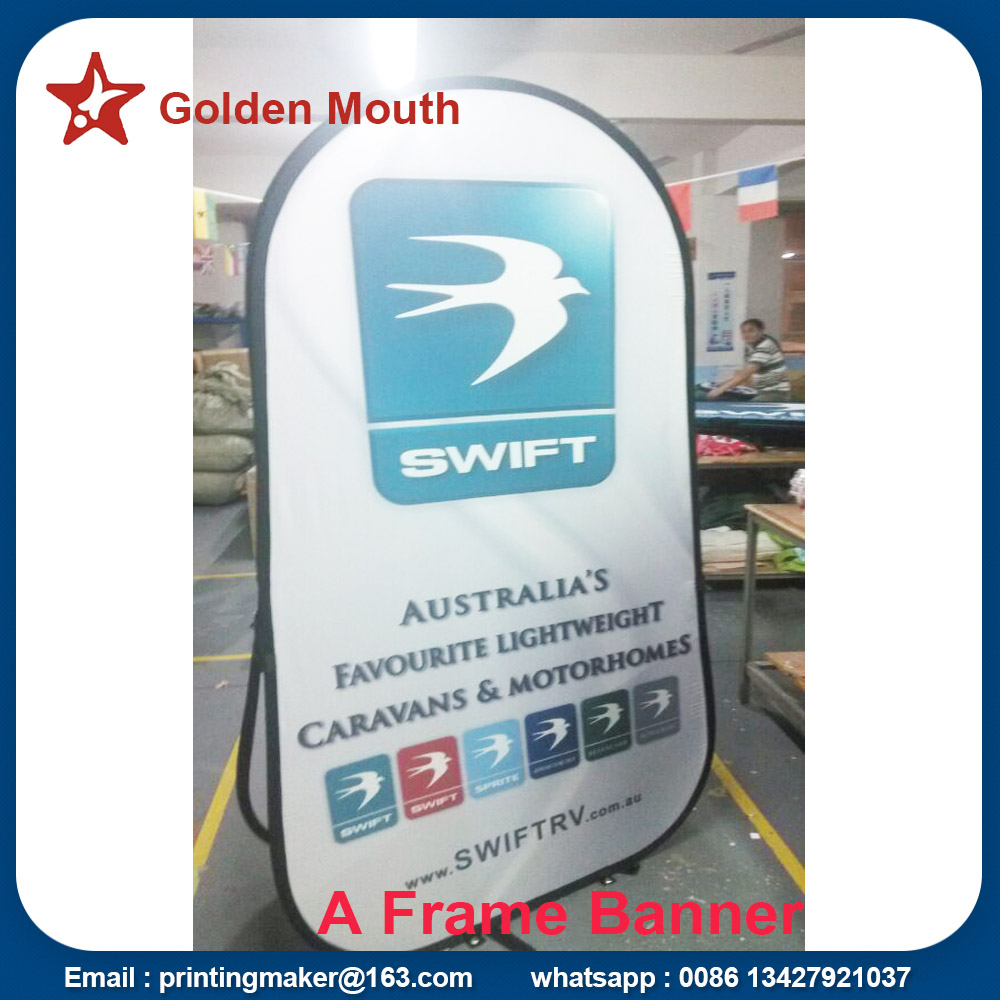In the production practice of corrugated boxes, the bonding between various papers is a very important link, and to a certain extent determines the quality level of the products. Whether the adhesion between the layers of paper sheets is tight and firmly affects the quality of the corrugated cardboard. The well-bonded corrugated cardboard has a smooth surface without blistering, wrinkles, or warping. After processing into a corrugated box, no separation occurs between the sheets, and the appearance is firm, and the compression and cushioning properties are good and can be effective. Protecting interior contents from being damaged by external factors. However, corrugated paperboards have poor adhesion (bubbling, degumming, and spurious) on corrugated paperboard production lines. It is understood that nearly 70% of the waste defectives produced by corrugated board production lines are due to adhesion problems. Therefore, to truly achieve the objective of cost reduction and efficiency increase, the scrap rate due to stickiness must be controlled within a suitable range. Next, we will find out the cause of the poor adhesion of cardboard, and provide a series of solutions for your problems in the actual production.
Whether or not the corrugated board is well bonded is an important indicator of the physical properties of the corrugated board. The reasons that affect the adhesive strength of corrugated cardboard are relatively complex. In general terms, the base paper, adhesives, corrugated board machinery, production schedules, and staff operating levels all exert influence on them, and the above factors also influence each other.
Base paper
Here are mainly manifested in several aspects:
1. The moisture content of the base paper: Containerboard or corrugated base paper is too dry (less than 6%) or excessive moisture (greater than 12%), resulting in poor adhesion of corrugated paperboard. When it is too dry, the moisture necessary for the swelling and adhesion of the adhesive is absorbed by the base paper, resulting in a phenomenon that the adhesive is not gelatinized. When moisture is too large, the excess moisture absorbs heat, resulting in insufficient heat and poor adhesion. The solution is to strictly control the moisture content of the base paper. If it is too dry, it must be wetted. If the moisture is too large, the moisture of the base paper must be properly increased to warm up the area. If it is still not good, the paper must be changed.
2. Water Absorption or Water Permeability of Base Paper: The material, tightness and degree of sizing of base paper determine its water absorption or water permeability. Raw papers with poor water absorbency or water permeability will inhibit the penetration and adhesion of adhesives; raw papers with high water absorbency or water permeability will cause the glue to become ungelatinized, and secondly, it will cause the phenomenon of glue penetration. The former solution is to use additives in the adhesive, and use additives to improve the hydrophobic properties of the surface of the paper to allow the adhesive to penetrate. In addition, it is also necessary to appropriately increase the amount of adhesive applied. We know that the adhesiveness of corrugated board is first of all, paper-bonding, and then combined with the paper or sandwich in the surface, the transfer of adhesive between any layers is hindered, and it will affect the adhesive effect. For example, Grade A straw pulp and corrugated paper produced by Yongping Papermaking Company A of Huping, Texas, has poor water absorption after being re-glued and cannot be bonded well without the use of water-resistant adhesives. The latter solution is to appropriately increase the viscosity of the adhesive.
3. Cracking length of the base paper: it is the ratio of the original paper strength to the basis weight, indicating the length required when a certain width of the paper strip is broken by its own weight. If the base paper has a low split length, when the tile speed reaches a certain level, it will inevitably cause frequent paper breaks and stoppages. At this time, the corrugated cardboard staying in the drying tunnel absorbs too much heat, and even the best adhesive cannot get good. Bonding. In this case, the solution is to reduce the speed, or improve the quality of the base paper, and include the crack length in the inspection of the base paper.
4. The looseness of the base paper: If it is loose on one side of the corrugated paper, it will cause unevenness and corrugation, affecting the fit of the paperboard; if the paperboard is loose on one side, it will form wrinkles on the surface of the paperboard. Poor adhesion is formed when severe. The only solution is to replace the base paper.
Adhesive quality
Here are mainly reflected in two aspects: First, the quality of starch is good or bad, the second is the merits of adhesive production process.
1. The lower grade of starch means that the fineness of processing is poor, and there are many impurities such as protein, fat and ash. Using such starch, one will consume more sodium hydroxide, making the adhesive unstable, and bonding. The corrugated board is easy to absorb moisture, and it will debond the corrugated cardboard in a short time in a humid environment. Second, the adhesive will tend to produce gels with larger starch particles and impurities as the core, which will deteriorate the flowability of the adhesive. Uneven, so that local corrugated cardboard without glue, less glue, resulting in poor adhesion. The solution is to use high-quality starch. If it is corn starch, industrial grade one or more should be used. Advantages and disadvantages of adhesive manufacturing process are even more important. Corrugated board adhesives, with proper solids content, viscosity, and necessary gelatinization temperature. In general, the viscosity of a conventional adhesive has a decreasing tendency every time it passes through the circulation pump. At this point, new binders should be added for mixing.
Source: Coinprint
